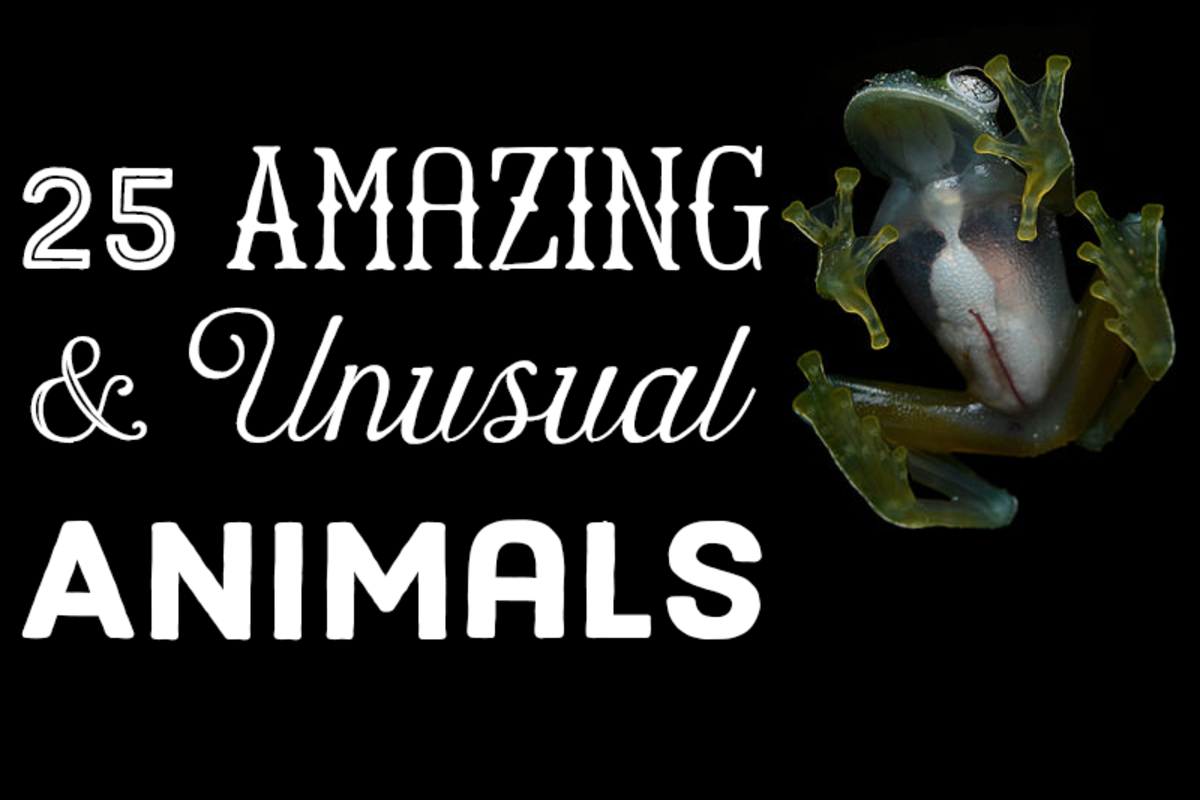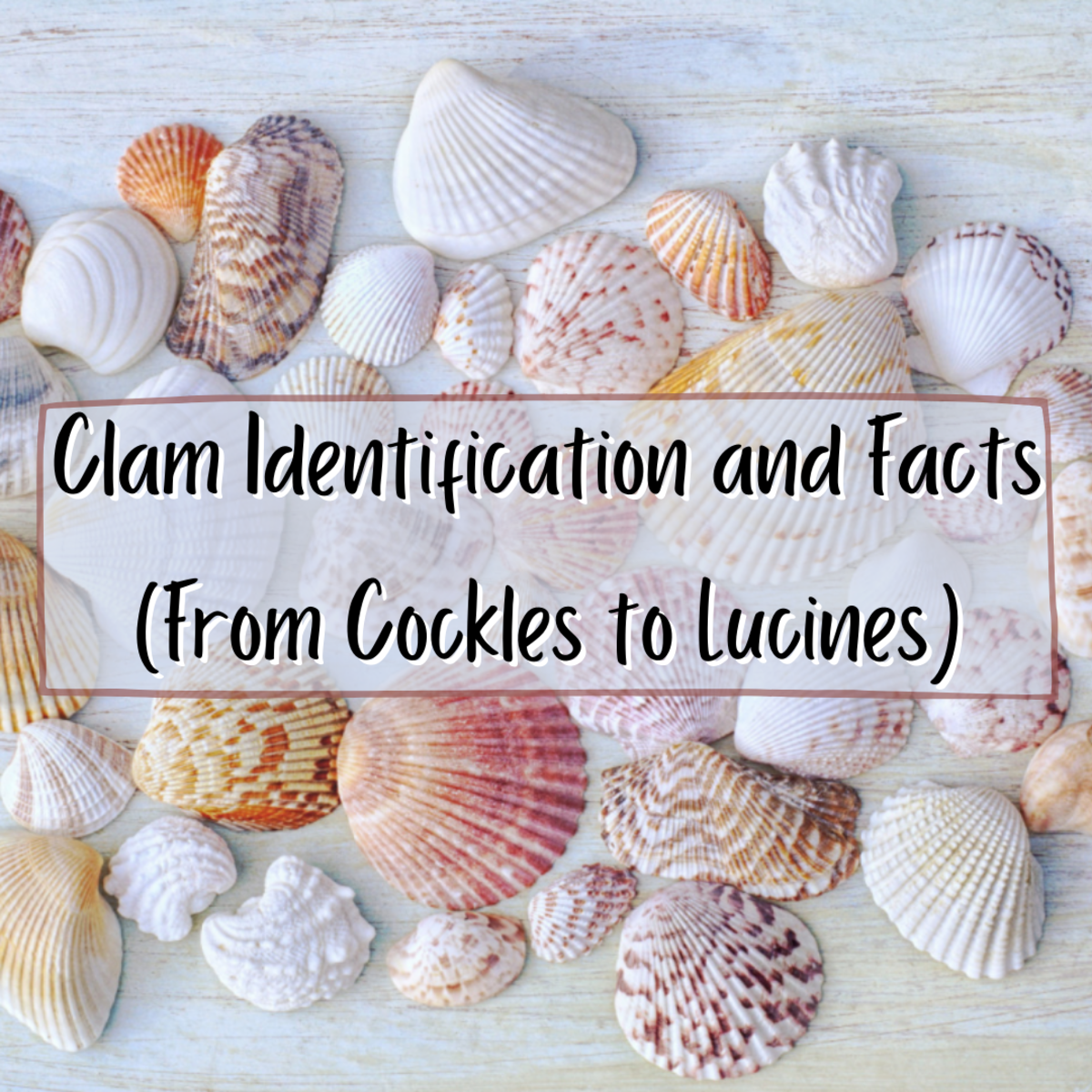What Makes a Sloth a Sloth?

What is a Sloth?
If you use the internet, you’ve likely seen at least one picture of a sloth hanging upside down from a tree branch, accompanied by a fitting quote highlighting the sloth’s slow nature, like “just do it later”. Sloths are easy to fall for; they can be really cute, literally hang out all day, and sleep enough to make Rip Van Winkle jealous. But…what is a sloth, exactly?
Big picture: sloths are mammals. Just like us humans, they are warm-blooded, give birth to live young who drink the mother’s milk, they have hair on their bodies, and have a chambered heart, they just move a whole lot slower than many other animals. That all being said, it’s usually assumed that because sloths spend their lives in trees that they are monkeys or are somehow related to monkeys. NOPE! The sloth’s closest living relatives are actually anteaters and armadillos. Wild, right? But when we take a closer look at the sloth, we can understand why this is true.
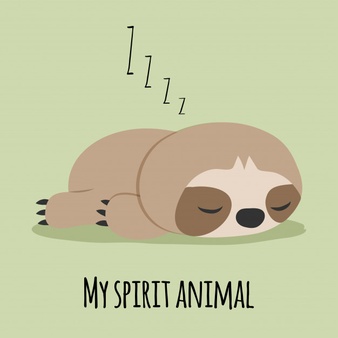
What Makes a Sloth a Sloth?
All sloth species have thick, long, curved claws at the ends of their hands and feet. For an animal like the anteater (in case you haven’t guessed, they eat ants…), those sturdy claws make an excellent tool for digging up anthills. But if there’s nothing to dig up in the trees, what could a sloth use those claws for? Built-in hangers, of course! With wrist joints that lock into hanging position, those claws provide the perfect support for climbing through the trees. Speaking of claws, types of sloths are grouped based on the number of claws they have on their front arms. There are two groups of sloths: two-toed and three-toed, although it should be noted that all sloths have three claws on each foot. If you ever find yourself doing some sloth identification, make sure you’re looking at its hands!
Those hands aren’t just for climbing and hanging; a sloth’s gotta eat! What else is there to do when you hang around in trees all day? Generally, sloths are herbivorous, meaning they stick to plant matter for food. However, some research has shown that some sloths have been known to eat the occasional tree-dwelling rodent. Hard to imagine, given that by the time they reach out for the rodent it would have plenty of time to scamper out of the sloth’s reach. Maybe sloths are secretly ninjas? Regardless, the bulk of their diet is leafy greens and other vegetation and can be harvested easily with the help of their arms.
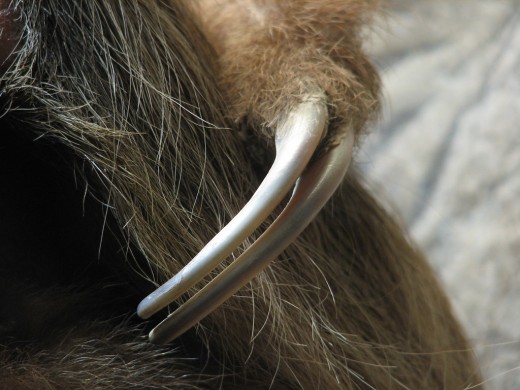
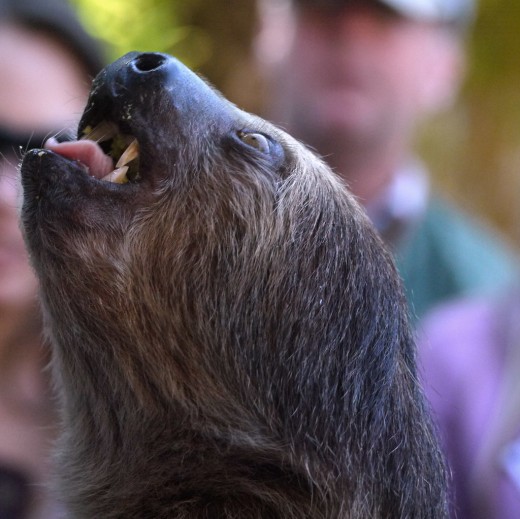
Are Sloths Dangerous Animals?
Now that we know all this about sloths, they may seem like harmless animals that are safe to approach, but this is not the case. If you ever find yourself face-to-face with a sloth for whatever reason, BE CAREFUL. They may look like they haven’t a care in the world and wouldn’t hurt a fly, but these animals can be quite dangerous to be around. Those long claws are thick and strong, making them good for hanging and for scratching. Sloths have arms that are much longer than you’d expect and they are capable of swinging them around to scratch a perceived threat in defense. Their bony teeth are also dangerous, for more than one reason.
First, sloths have very sharp, peg-like teeth designed for breaking into fruits and tough vegetation they typically eat in the wild. If it has sharp teeth, it can bite. Enough said there, but a sloth’s bite is more dangerous that the bite itself. Spoiler alert: sloths don’t brush their teeth. You can tell just by looking at them: sloth teeth actually don’t have enamel, so their pearly whites turn brown quickly with age as the tannins (substance that gives a plant its color) stain their teeth a brownish yellow color. This means that a healthy amount of bacteria is growing on their teeth. Should one find themselves bitten by a sloth, they would need to be rushed to the hospital to receive treatment to ensure no infection sets in. Keep in mind that these same concerns are true for a plethora of other animals, and respectful caution should ALWAYS be used when you are near ANY animal, wild or not. Not for nothing, if an angry sloth starts chasing you, you’ve got plenty of time to run (er, walk) away!
This content is accurate and true to the best of the author’s knowledge and is not meant to substitute for formal and individualized advice from a qualified professional.
© 2019 Shannon Lavelle


